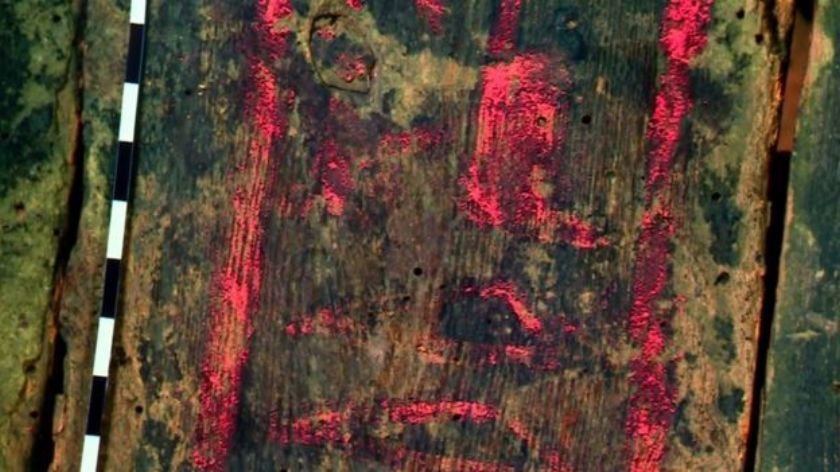British researchers have developed a scanning technique that allows you to read records made on scraps of papyrus, which were used in the burial of mummies. Among the interesting documents are shopping lists and tax returns.
In ancient Egypt, the swaddled mummy was first placed in a kind of box made of sheets of papyrus and pieces of cloth, and then placed in a sarcophagus and then into a tomb.
The deceased from the nobility and the rich were often wrapped in confessions written by themselves, wills and other important documents.
In the sarcophagi of the poor, scraps of papyrus, which formed part of everyday life, such as shopping lists or tax notices, were most often found.
According to scientists from University College London, developed by them together with colleagues from Manchester, new technologies will allow you to look into the daily life of Ancient Egypt.
Discovered so far in abundance of letters on the sarcophagi and the walls of the tombs of the pharaohs give an idea of the life of the upper classes of the ancient Egyptians. According to scientists, these records were a kind of propaganda of that time, so we know about those in power mostly what they wanted to convey to the descendants.
Now, thanks to the new scanning system, historians will be able to read very interesting documents and look at everyday life of ordinary people. The technology is that with the help of a different frequency and the force of the light exposure, the ink with which the documents are written starts to glow.
In particular, the second life was found by the mummy of a man, kept in the castle of Chiddingstone in the county of Kent. Scraps of papyrus used in the manufacture of his burial cocoon, allowed scientists to learn his real name and establish that the remains were mummified in the period from 664 BC to 30 CE.
On a piece of papyrus located at the bottom of the mummy, the name of the deceased – Irethorru, meaning “the eye of Horus is addressed to my enemies” is read.
“Since papyrus waste was used in the manufacture of such prestigious objects [as masks and sarcophagi], their continued safety was given great attention,” says the project’s scientific adviser, Professor Adam Gibson.
“These masks are one of the best repositories of secondary papyrus documents, which, if not for such an application, would simply be thrown out, and in them there is so much information about these people and their lives,” the scientist continues.
Most often, the records are hidden under a layer of special paste and other materials used in the manufacture of sarcophagi. The only way to read the writing so far was to destroy the layers that cover the papyri.
Before the historians there was a dilemma: to get to the records and learn more about the life of the ancient Egyptians or to save the work of the masters who participated in the mummification and burial of the body.
“I’m horrified when I see how priceless artifacts are being destroyed to access the text. It is a crime. The number of such items is limited, and now we have a technology that allows us to preserve this beauty, and to read the documentary records made by the ancient Egyptians about their lives, what was important to them, “says Egyptologist from University College London Catherine Piquet .

